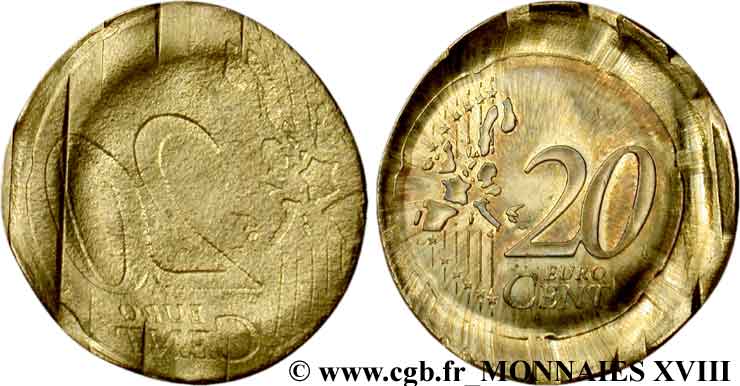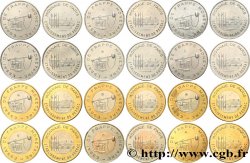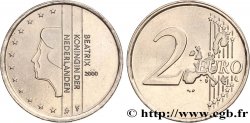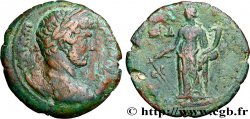- Accueil
- > Archiv
- > Euro Münzen
v18_2423 - EUROPÄISCHE ZENTRALBANK 20 centimes d’euro, frappe fautée et incuse n.d.
MONNAIES 18 (2003)
Startpreis : 100.00 €
Schätzung : 500.00 €
Erzielter Preis : 405.00 €
Anzahl der Gebote : 8
Höchstgebot : 516.00 €
Startpreis : 100.00 €
Schätzung : 500.00 €
Erzielter Preis : 405.00 €
Anzahl der Gebote : 8
Höchstgebot : 516.00 €
Type : 20 centimes d’euro, frappe fautée et incuse
Datum: n.d.
Metall : Kupfer-Aluminium
Durchmesser : 22,25 mm
Gewicht : 5,74 g.
Rand lisse
Seltenheitsgrad : UNIQUE
Kommentare zum Erhaltungszustand:
Avec son brillant d’origine
N° im Nachschlagewerk :
Vorderseite
Rückseite
Titulatur der Rückseite 20/ EURO/ CENT.
Beschreibung Rückseite Carte de l’Union européenne sur six traits tirés entre deux groupes de six étoiles formant les douze pays de la zone euro, signature en monogramme LL.
Kommentare
Un exemplaire étonnant qui présente un flan de 20 centimes d’euro écrasé avec revers incus. Il s’agit apparemment d’un problème mécanique qui a imprimé la face commune avec la même face, incuse, au revers. Un flan est probablement resté collé dans la presse et un deuxième flan, celui-ci, a été introduit et est devenu une erreur de frappe. Ce qui est plus curieux est que l’on constate que le flan utilisé avait été “gaufré”, opération préalable à la refonte, puis refrappé avec un coin “face européenne”, apparemment sans avoir retiré la pièce restée coincée. On ne comprend pas comment la machine a pu “fournir” un flan “gaufré” à la presse monétaire. Très certainement unique.
A stunning example featuring a crushed 20 euro cents planchet with an incuse reverse. This appears to be a mechanical issue that resulted in the common side being printed with the same incuse side on the reverse. One planchet likely stuck in the press, and a second planchet, this one, was introduced and became a typing error. More curiously, the planchet used was found to have been “embossed,” a prerequisite for recasting, and then restruck with a “European side” die, apparently without removing the stuck coin. It is unclear how the machine could have “supplied” an “embossed” planchet to the coin press. It is most likely unique.
A stunning example featuring a crushed 20 euro cents planchet with an incuse reverse. This appears to be a mechanical issue that resulted in the common side being printed with the same incuse side on the reverse. One planchet likely stuck in the press, and a second planchet, this one, was introduced and became a typing error. More curiously, the planchet used was found to have been “embossed,” a prerequisite for recasting, and then restruck with a “European side” die, apparently without removing the stuck coin. It is unclear how the machine could have “supplied” an “embossed” planchet to the coin press. It is most likely unique.








 Berichten über einen Fehler
Berichten über einen Fehler Die Seite drucken
Die Seite drucken Teilen meiner Auswahl
Teilen meiner Auswahl Stellen Sie eine Frage
Stellen Sie eine Frage Einlieferung/Verkauf
Einlieferung/Verkauf
 Details
Details















